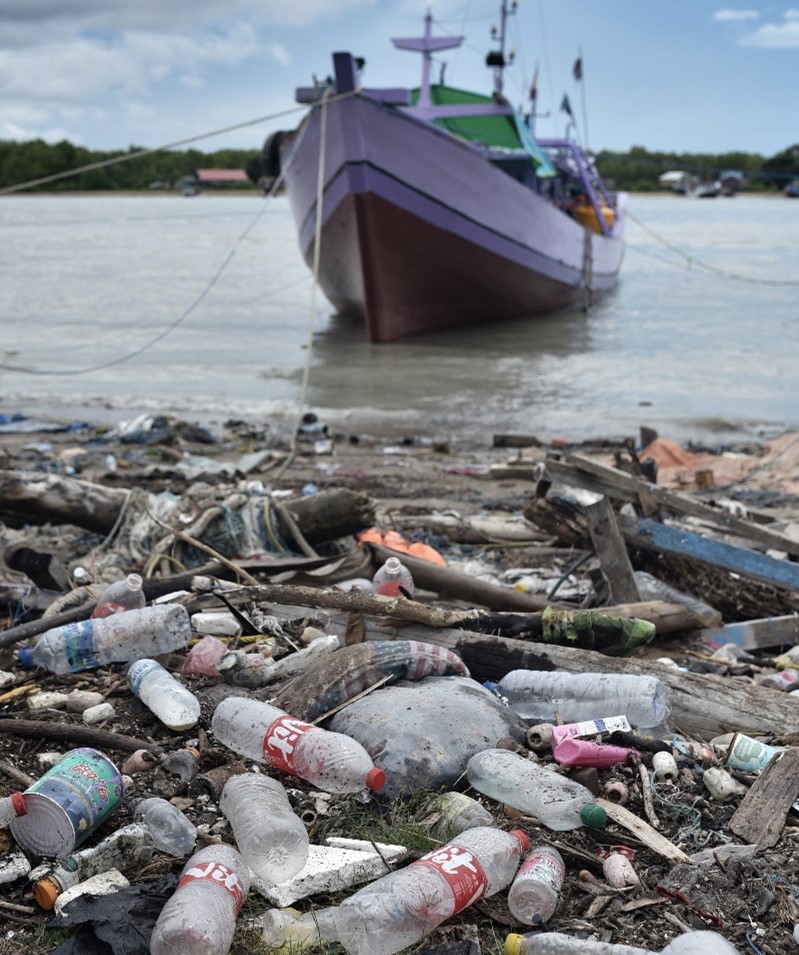
A recent study on marine and land-based pollution on the Southern coast of Timor-Leste found 14 hotspots with severe pollution loads. The study calls for urgent action to prioritise pollution control plans in order to protect the country’s marine resources; a key source of food, livelihoods and jobs for the millions of people who depend on tourism, fisheries and the ocean economy.
The study, entitled ‘Marine and Land-Based Pollution on the Southern Coast of Timor-Leste’ is the first to survey and collect marine debris from four municipalities along the southern coast. It forms part of the ATSEA-2 Project and builds on the Transboundary Diagnostic Analysis (TDA) and Strategic Action Plan (SAP), conducted with UNDP Timor-Leste support.
The study identifies that most of the hotspots are close to the mouths or estuaries of rivers as they enter the sea. It highlights the growing concerns that pollution from sedimentation, plastic waste, and derelict fishing gear has been destroying marine habitats (corals, mangroves, and seagrass) and endangering marine life.
Timor-Leste has a coastline of 2,538km with a daily plastic waste generation of approximately 68.4 tonnes (t). An estimated 56.6t are mismanaged daily and are predicted to enter the marine environment through release from uncontained disposal sites or by direct littering. Approximately 20,690t of plastic waste were released into the waters around Timor-Leste in 2010. If not addressed, this amount is expected to rise to 64,205t by 2025 (Jenna et al., 2015).

Pedro dos Reis, who is the Minister of Agriculture and Fisheries (MAF) of the Republic Democratic of Timor-Leste, highlighted in his foreword to the study that the results confirm marine and land-based pollution is a threat to biological diversity, which coastal communities rely heavily upon for sustenance. This hotspot report on marine and land-based pollution provides a guide for the development of various sectors that are interdependent within the framework of integrated coastal management (ICM).
To help tackle the growing threat to the Timor Sea, it is recommended that waste management and pollution control plans are developed by each municipality, to be built into their ICM plans. An overarching ICM plan can also be formulated for the entire southern coast, which can include oil and gas leakage prevention and mitigation measures.
Education and public awareness are also pivotal in targeting hotspots areas in waste reduction and waste disposal. Since 2021, the Ministry of Agriculture and Fisheries (MAF) and UNDP Timor-Leste as the National Coordination Unit for the ATSEA-2 Project have been working with local communities at Uma Boco Village in the Barique through training on plastic waste management at the household level. Mr. Elidio de Araujo, who is State Secretary of Fisheries said that “this training helps us to learn about the waste that destroys the ecosystem on land and at sea, teaching us how to transform waste into materials that can be reused in our daily needs and can increase our income.”
The ATSEA-2 Project covers the five priority transboundary environmental problems identified by the TDA: (i) unsustainable fisheries and decline and loss of living coastal and marine resources; (ii) modification, degradation and loss of coastal and marine habitats; (iii) marine and land-based pollution; (iv) decline and loss of threatened and migratory species; and (v) mitigating the impacts of climate change on the ATS, by removing key barriers to sustainable management of the region.
By Dwi Aryo Tjiptohandono


